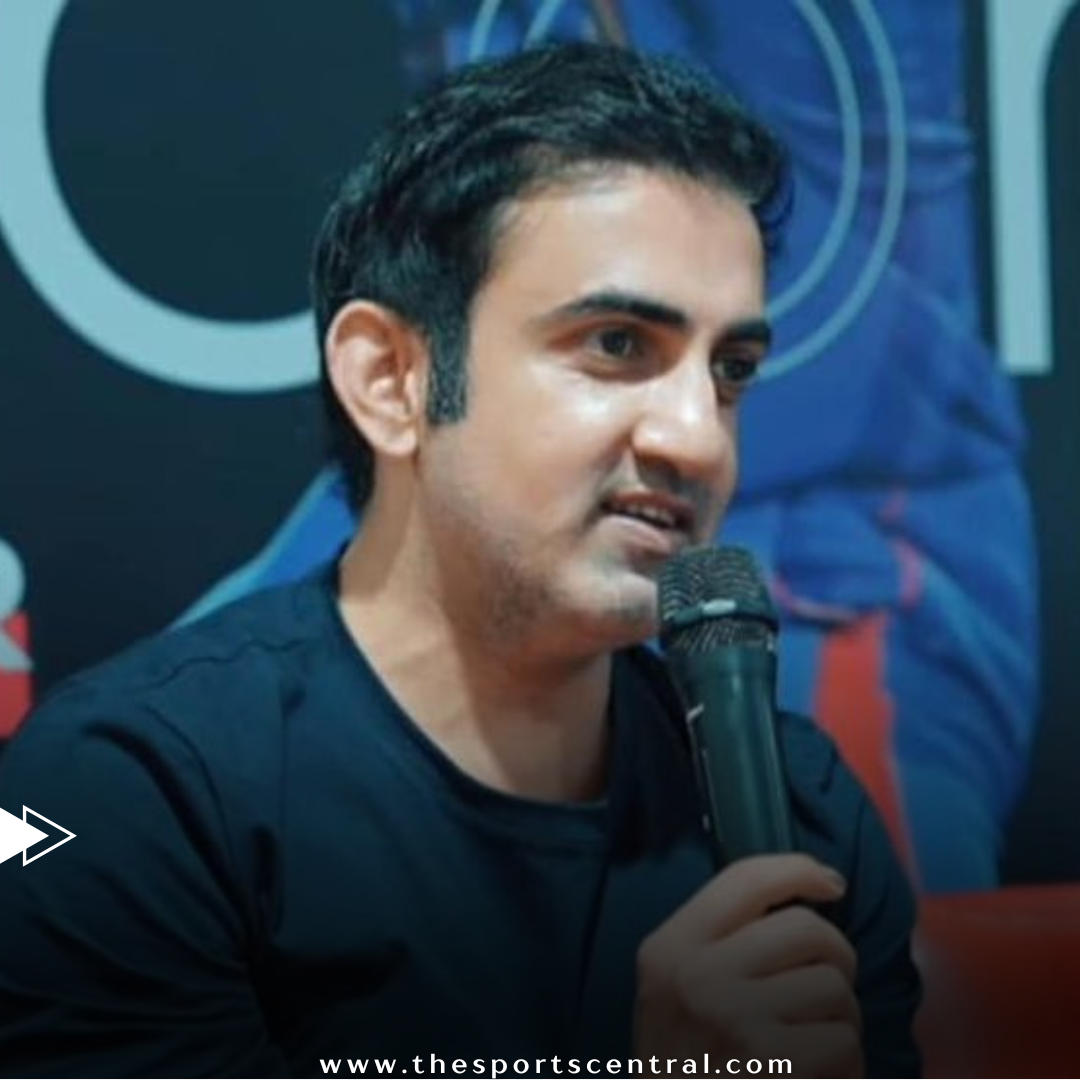Cricket is more than just a sport in India; it is a passion that binds millions across the country. The Indian cricket team’s performances on the global stage bring immense pride and joy to the nation, and much of the credit for their success goes to the coaches who guide and mentor the players. The salary of an Indian cricket team coach, therefore, becomes a topic of significant interest and speculation.
Historical Context and Evolution of Coaching Salaries
To understand the current landscape of coaching salaries, it’s essential to look back at the evolution of the role and remuneration of Indian cricket team coaches. In the early days of Indian cricket, the concept of a full-time, professional coach was virtually non-existent. Players often relied on senior members, captains, and local coaches for guidance. However, as the game evolved and became more competitive, the need for a dedicated coach became apparent.
The Role of the Coach
The role of a cricket coach is multifaceted. It involves strategizing, training, and mentoring players to perform at their best. A coach must also manage the psychological aspects of the game, ensuring players remain focused and motivated. The complexity and importance of this role have grown over the years, leading to an increase in the salaries offered to coaches.
Early Coaches and Their Salaries
In the late 1990s and early 2000s, when India started appointing high-profile coaches, the salaries were relatively modest compared to today’s standards. For instance, John Wright, the former New Zealand cricketer who served as India’s coach from 2000 to 2005, reportedly earned around Rs 1.5 crore annually. His tenure marked a significant shift towards professional coaching in Indian cricket.
The Arrival of High-Profile Coaches
The trend of hiring high-profile international coaches continued with the appointment of Greg Chappell in 2005. Chappell’s salary was significantly higher, reflecting the increasing value placed on experienced coaches. His tenure, though controversial, underscored the willingness of the Board of Control for Cricket in India (BCCI) to invest in top coaching talent.
Recent Trends in Coaching Salaries
In recent years, the salaries of Indian cricket team coaches have seen a substantial increase. This rise can be attributed to several factors, including the growing revenues from broadcasting rights, sponsorship deals, and the overall commercialization of the sport.
Anil Kumble’s Tenure
Anil Kumble, one of India’s legendary spinners, was appointed as the head coach in 2016. His salary was reported to be around Rs 6.25 crore annually. Kumble’s tenure was marked by notable successes, including India’s Test series win against Australia in 2017. However, his stint was relatively short-lived due to reported differences with then-captain Virat Kohli.
Rahul Dravid’s Appointment
Rahul Dravid, known for his calm demeanor and cricketing acumen, took over as the head coach of the Indian cricket team in 2021. Dravid’s appointment was widely welcomed, given his successful track record with the India A and Under-19 teams. As per media reports, Dravid’s annual salary was around Rs 12 crore, making him one of the highest-paid cricket coaches globally.
Current Scenario: Gautam Gambhir’s Expected Salary
As of recent reports, there has been speculation about Gautam Gambhir being appointed as the head coach of the Indian cricket team. Gambhir, a former Indian opener and one of the heroes of India’s 2007 T20 World Cup and 2011 ODI World Cup victories, is expected to command a salary higher than his predecessor, Rahul Dravid.
Salary Negotiations
According to a report by The Indian Express, there was a delay in naming Gambhir as the head coach due to salary negotiations. This is not uncommon, as high-profile appointments often involve extensive discussions to align the interests of both the coach and the BCCI. Given Dravid’s salary of Rs 12 crore, it is anticipated that Gambhir’s remuneration will exceed this figure, reflecting his stature and the current market rates for top-tier cricket coaches.
Market Factors Influencing Salary
Several factors influence the salary of a cricket coach, including:
Experience and Track Record: Coaches with a proven track record and significant experience tend to command higher salaries.
Market Dynamics: The increasing commercialization of cricket has led to higher revenues for cricket boards, enabling them to offer lucrative contracts.
Performance Incentives: Coaches’ salaries often include performance-based incentives, rewarding them for team successes in major tournaments.
Brand Value: High-profile coaches enhance the brand value of the team, attracting more sponsorships and media attention.
Comparative Analysis with Other Cricket Nations
The salary of an Indian cricket team coach is often compared with those of other cricketing nations. While India is known to offer some of the highest salaries, it’s interesting to see how other countries compensate their coaches.
Australia
The Australian cricket team’s head coach, as of recent reports, earns around AUD 1.5 million annually (approximately Rs 8 crore). Australia’s investment in coaching reflects their commitment to maintaining a competitive edge in international cricket.
England
England’s head coach reportedly earns around GBP 500,000 annually (approximately Rs 5 crore). While this is lower than the salaries offered by India and Australia, England also invests heavily in support staff and infrastructure.
Other Cricketing Nations
Countries like South Africa, New Zealand, and the West Indies offer comparatively lower salaries, often due to budget constraints and different market dynamics. However, the salaries are still competitive, reflecting the importance of the coaching role.
The Future of Coaching Salaries in Indian Cricket
The trend of increasing coaching salaries is likely to continue, driven by several factors:
Enhanced Revenue Streams: With the growing popularity of cricket leagues like the Indian Premier League (IPL) and increased broadcasting revenues, the BCCI has more financial resources to invest in top coaching talent.
Competitive Edge: As cricket becomes more competitive, the need for experienced and successful coaches becomes paramount. This demand drives up salaries.
Global Benchmarking: The BCCI often benchmarks its salaries against global standards to attract the best talent, ensuring that Indian cricket remains at the forefront.
Potential Challenges
While the increase in salaries is a positive trend, it also presents challenges:
Sustainability: Ensuring that the high salaries are sustainable in the long run without compromising other areas of investment in cricket.
Performance Pressure: Higher salaries come with increased expectations and pressure on coaches to deliver consistent results.
Retention and Succession Planning: Balancing the need to retain top talent while also planning for succession to ensure a continuous supply of capable coaches.
The salary of an Indian cricket team coach has evolved significantly over the years, reflecting the increasing importance of the role and the growing financial capabilities of the BCCI. From the early days of modest remunerations to the current multi-crore contracts, the journey has been remarkable. As Gautam Gambhir is poised to take over as the head coach, his expected salary exceeding Rs 12 crore underscores the high stakes and expectations associated with the position.
The future of coaching salaries in Indian cricket looks promising, driven by enhanced revenue streams and the need to maintain a competitive edge. However, it also necessitates careful management to ensure sustainability and continued success on the global stage. As the cricketing landscape continues to evolve, the role and remuneration of coaches will remain a critical aspect of India’s cricketing strategy.









